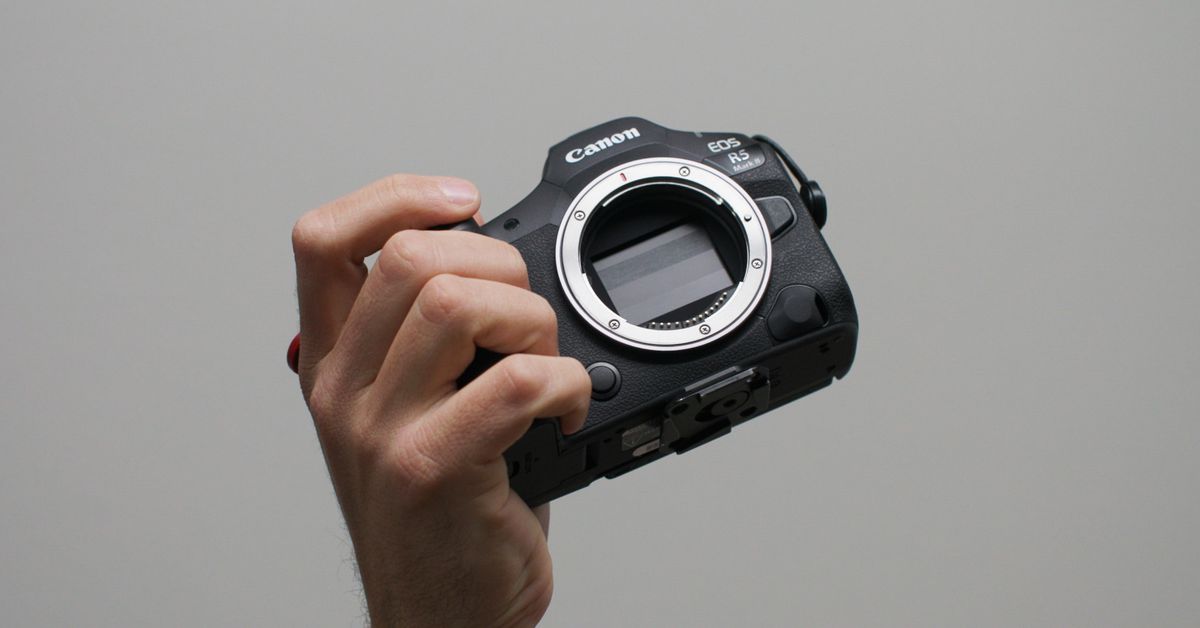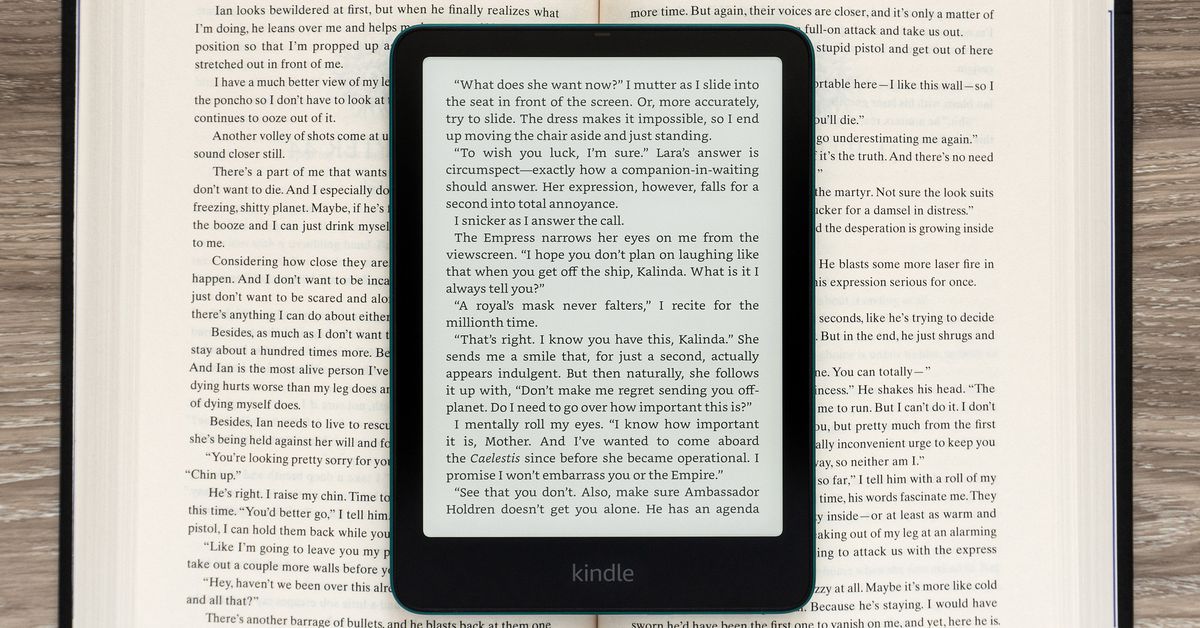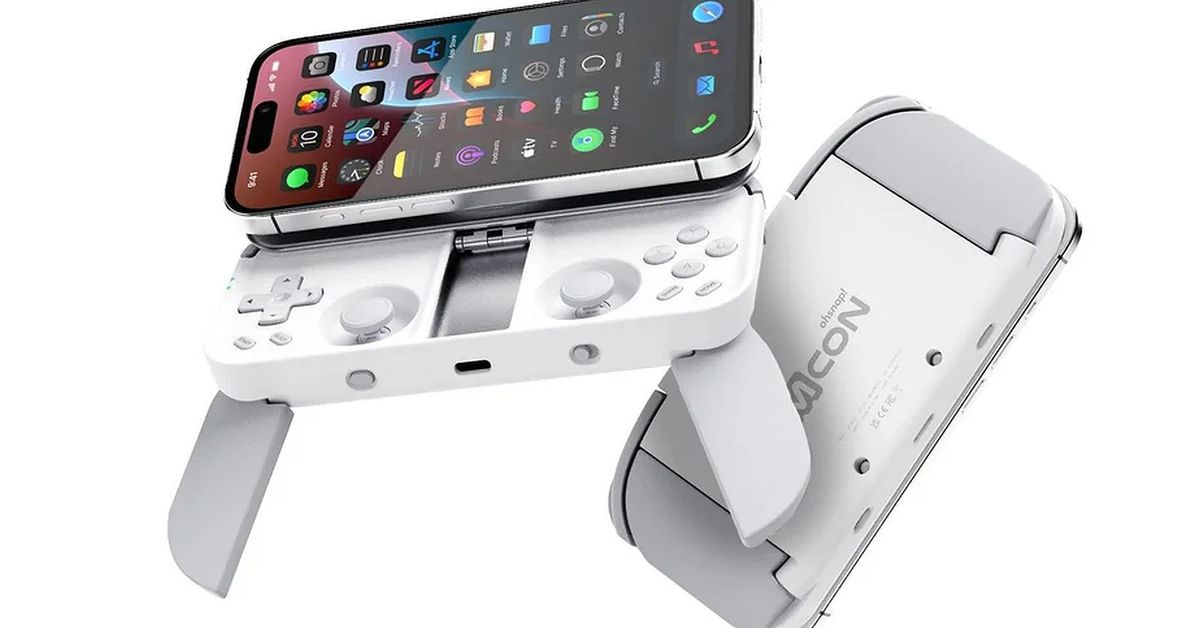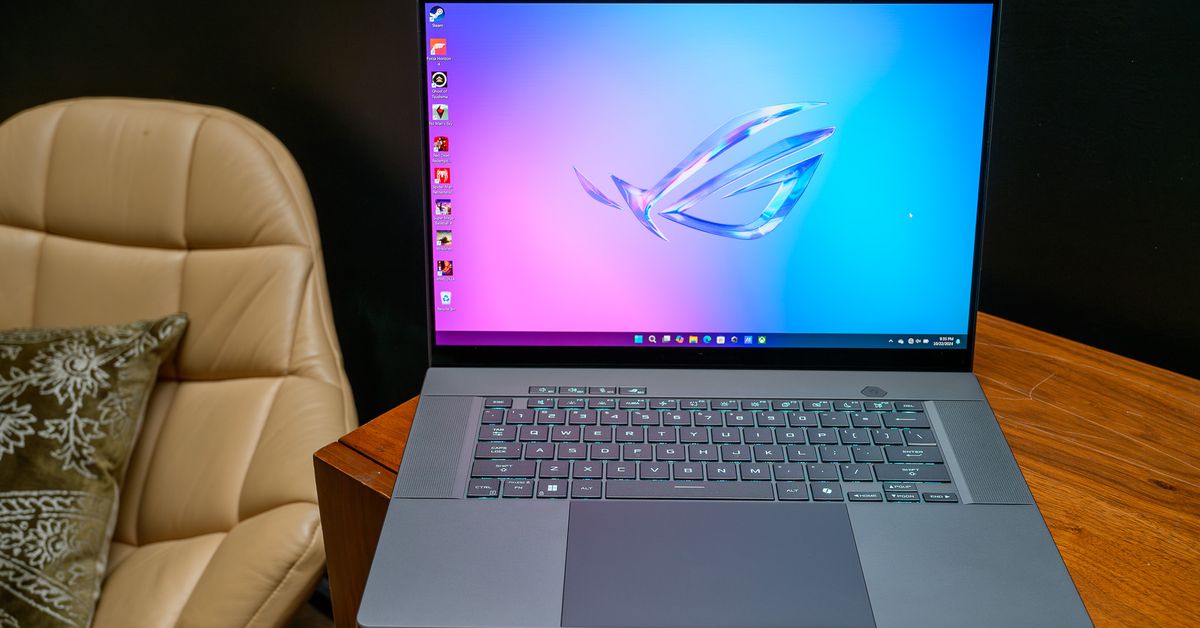Sometimes it’s okay to buy a speaker mostly for the aesthetic. And from the moment it was first announced, Bose’s $219 SoundLink Home stood out from the pack (and Bose’s own other efforts) with a mid-modern style that bears little resemblance to most competitors. It’s the kind of gadget that people are likely to notice and comment on. No one says a word about boring, ho-hum cylindrical speakers.
But this thing, with its fabric housing wrapped in a brushed aluminum band, feels like vintage Bose. The company doesn’t always show this much attention to detail in design and materials, so I’m encouraged by the Home’s unique vibe.
If you’ve used or heard Bose’s SoundLink Flex, then you’ve already got a good understanding of what the Home speaker will sound like in your living room. Their tuning is quite similar. Like the Flex, the Home outputs mixed-down mono audio. I’ll always take stereo speakers when given the choice, but mono is common for the portable speaker category — though Bose is pushing it with the price here — and especially at this size.
With that in mind, the SoundLink Home sounds quite detailed and clear. Vocals are crisp. Acoustic instruments have a touch of warmth. And even if you dial the volume up to extremes, there’s little distortion. That’s partially because this speaker is no bass champ; the SoundLink Max wipes the floor with it in that regard, but is bulkier and nearly twice the price. The Home only supports your standard AAC and SBC Bluetooth codecs, whereas the Flex (second-gen) and Max both throw in aptX Adaptive compatibility for devices that offer it.
The thing is, you’re going to have to really like the Home’s out-of-the-box sound, because there’s no changing it. In another departure from other Bose speakers, the SoundLink Home lacks any kind of mobile companion app. As a result, you’re unable to customize its EQ at all. That’s a disappointing omission that would be easier to forgive from a cheaper speaker, but not this one. You can at least pair two units together to create a stereo pair. If you’re willing to drop the money on that, you’ll be rewarded with noticeably richer sound.
Another important thing to be aware of with the SoundLink Home is that there’s no water resistance to speak of. The same goes for dust resistance. This is not meant to be a poolside or outdoor speaker. It’s right there in the name, I suppose. You’ll want to put the speaker somewhere safe (and dry). A covered patio is about as far as you’ll want to take it. Bose doesn’t even recommend taking it into the bathroom. The ruggedized Flex is a better choice for those who need a road warrior that can withstand the elements. Durability is one area where the Home falls short of Ultimate Ears, JBL, Soundcore, and other brands that have Bluetooth speakers at similar prices.
So far I’ve discussed a lot of what’s missing, but one advantage over the SoundLink Flex is that the Home supports USB-C audio in. And you can take advantage of that at the same time that you’re paired over Bluetooth. So you could theoretically listen to wired audio from your laptop while using the speaker for phone calls or interacting with Siri or Google Assistant. (You can hold down the multi-function button up top to activate your phone’s voice assistant.) Calls and other Bluetooth activity will override the USB-C connection.
That USB-C port is on the speaker’s left side, which makes some cables look a bit inelegant when they’re plugged in. Bose at least includes a 90-degree USB-C cable to keep it as subtle as possible. Battery life is rated at up to 9 hours of playback, and my tests have shown that number to be mostly accurate. If you’re listening at or above 70 percent volume, expect to lose a couple hours. It’s not impressive endurance, but for a speaker that’ll only be traveling around your house, it’s sufficient. It takes between three and four hours to fully recharge the speaker over USB-C, which seems rather long for the passable battery life you’re getting.
There’s really not much else to cover with the SoundLink Home. It bets a whole lot on looks and feel and clears the bar on sound quality without any glaring tonal weaknesses. The absence of any EQ settings will inevitably disappoint those of you who like to tinker, and I think any $200-plus Bluetooth speaker should have some measure of weatherproofing. But Bose went in a different direction with the SoundLink Home. If you’re looking to buy (or gift) a speaker that’s off the beaten path, I wouldn’t fault you for choosing this one.
Photography by Chris Welch / The Verge












